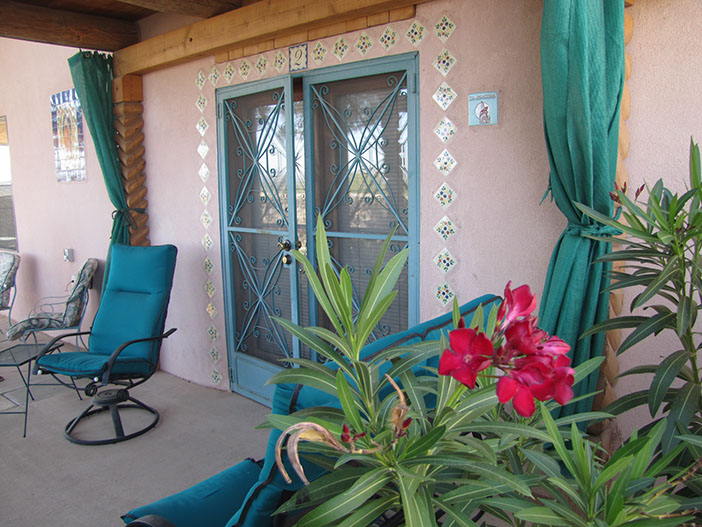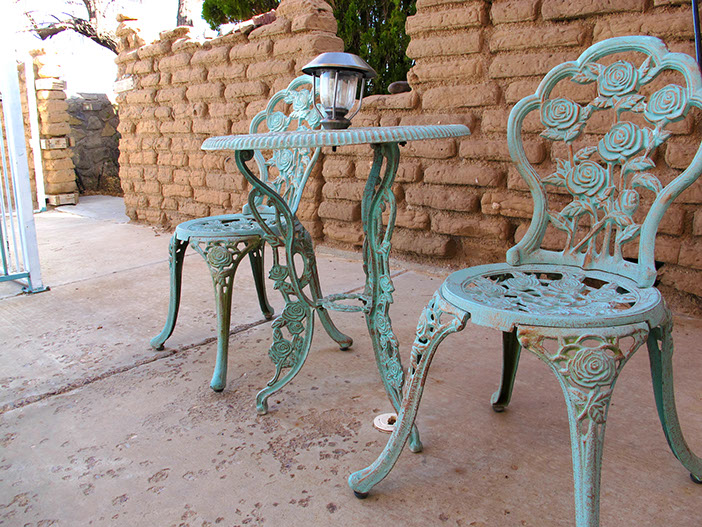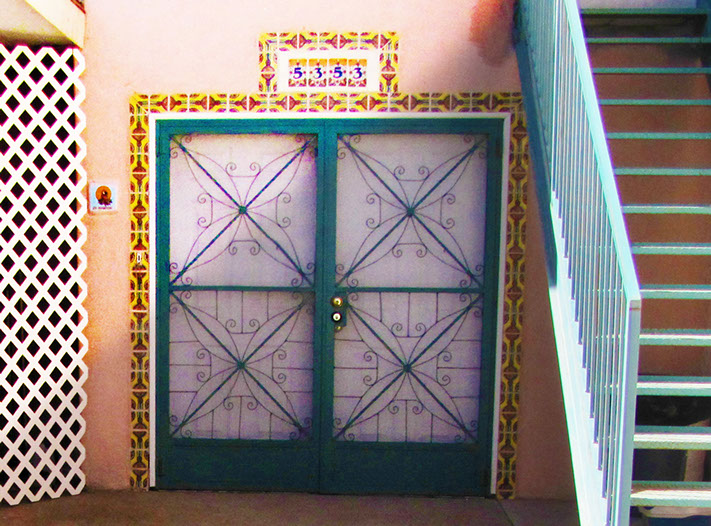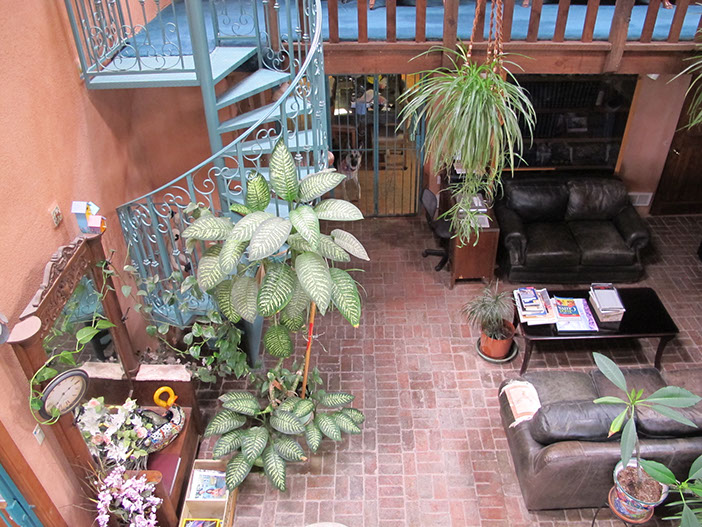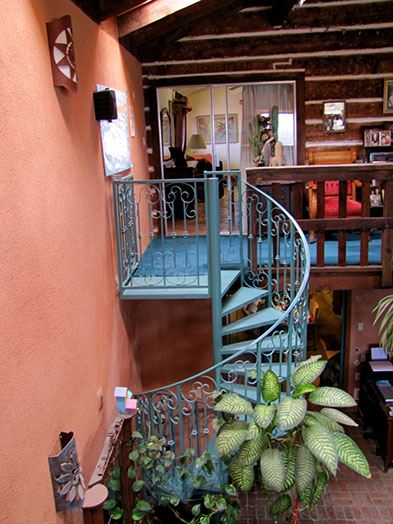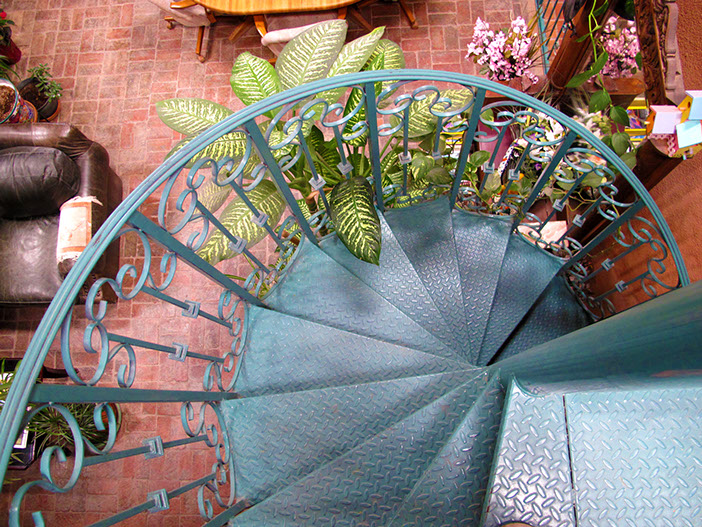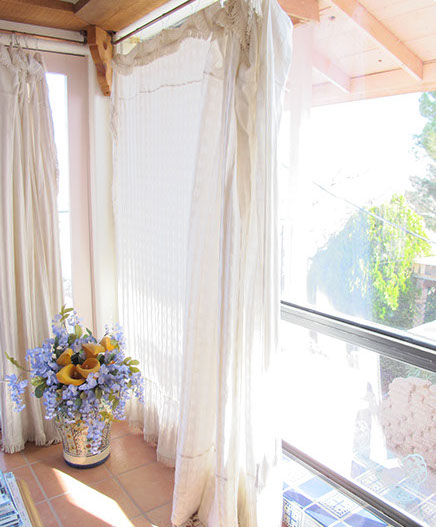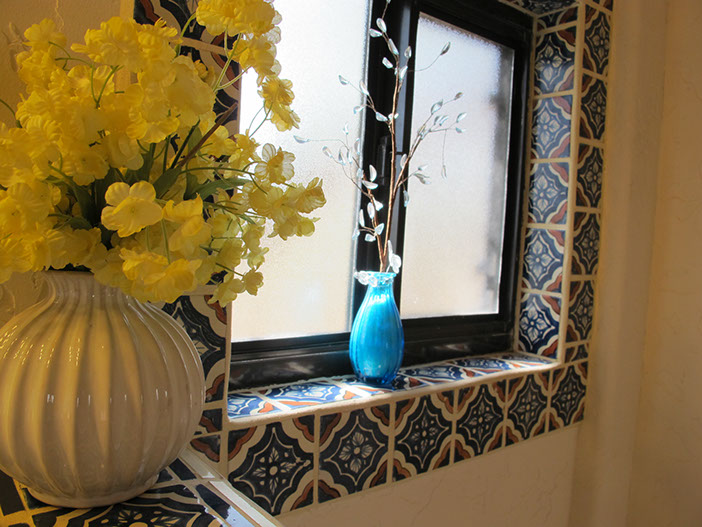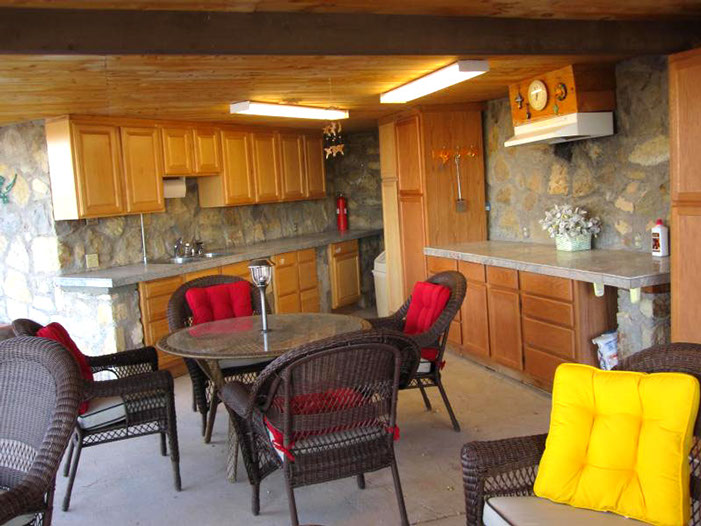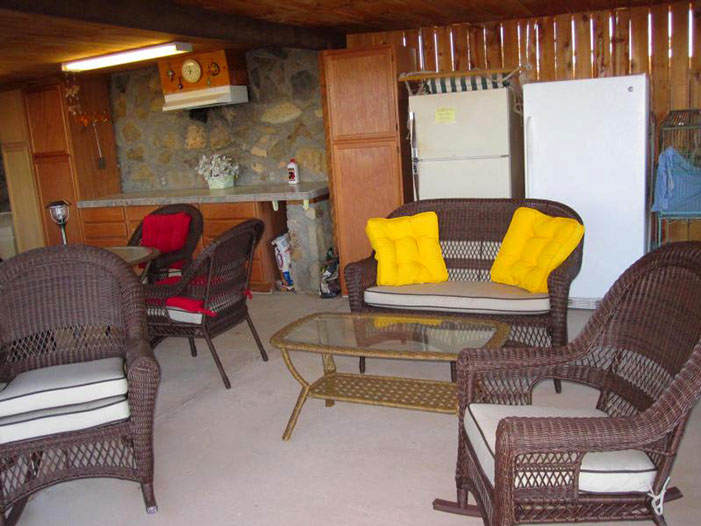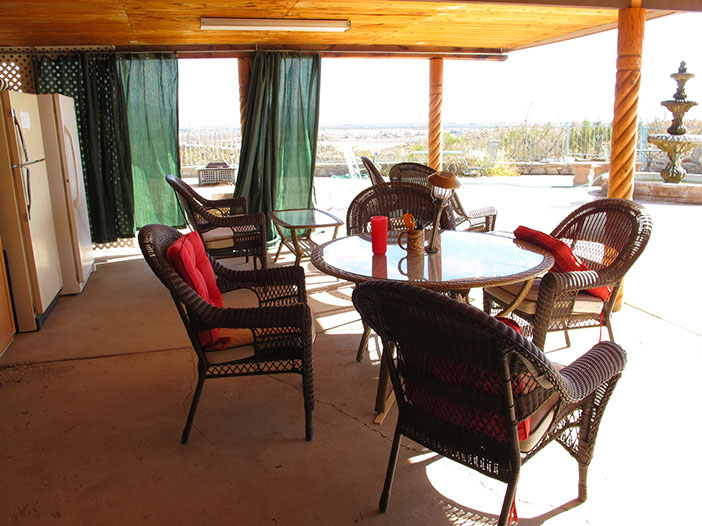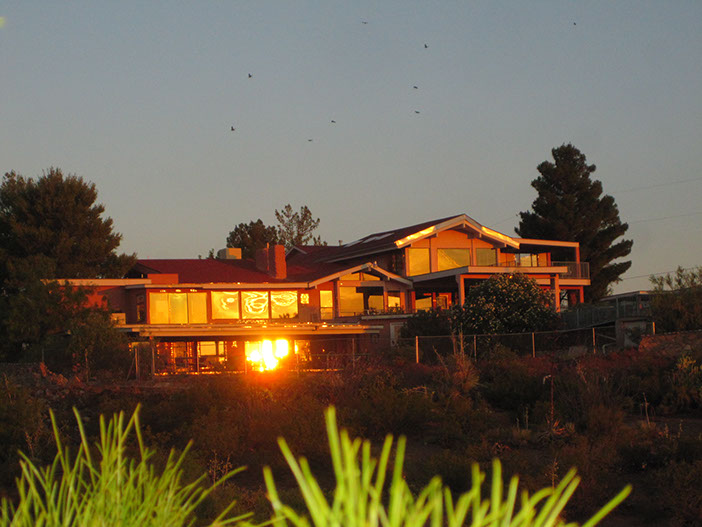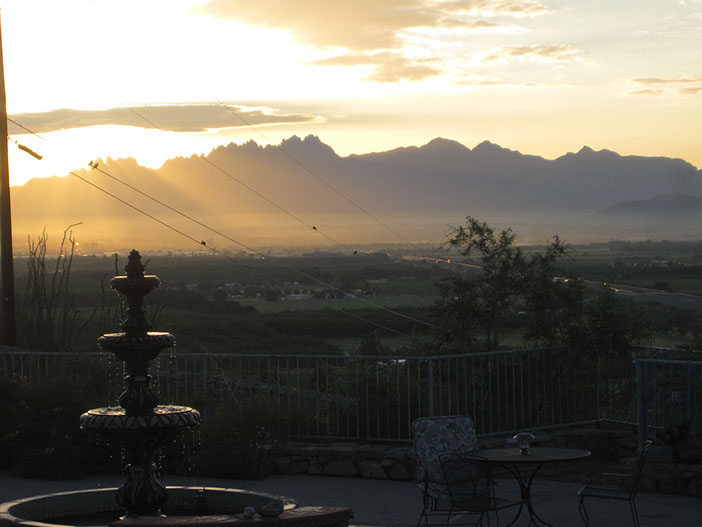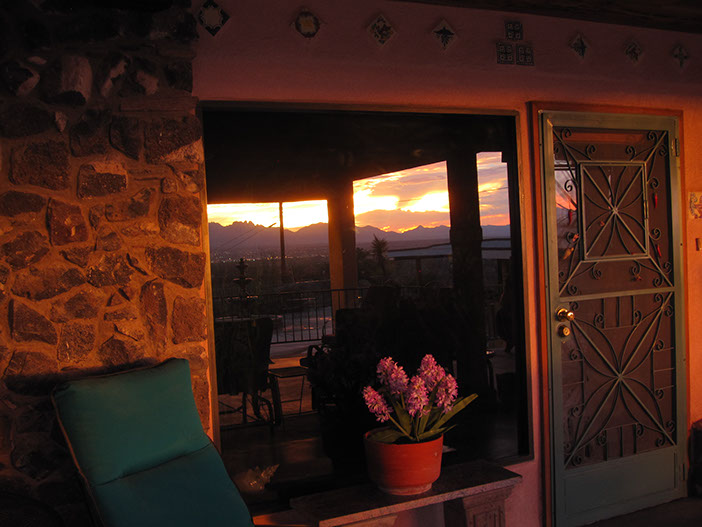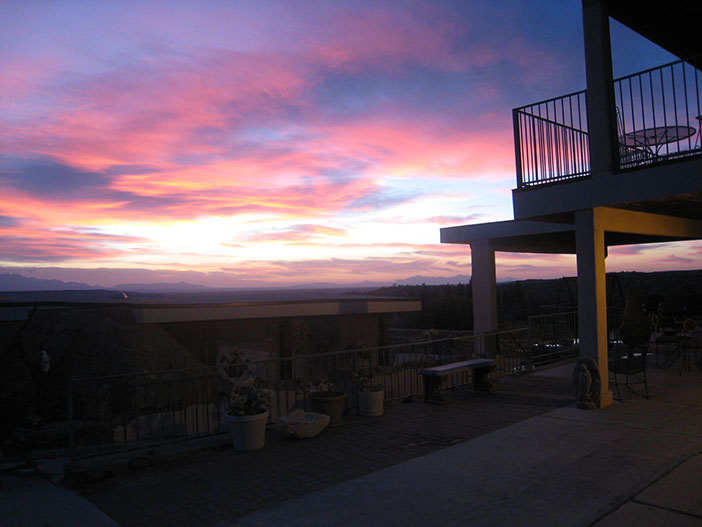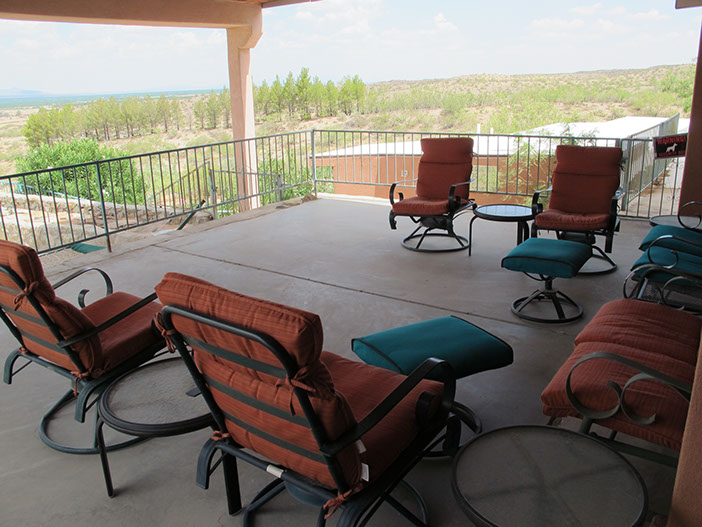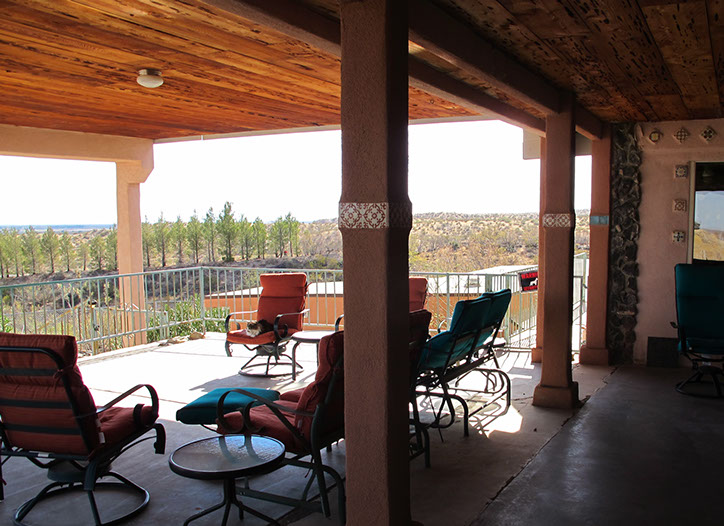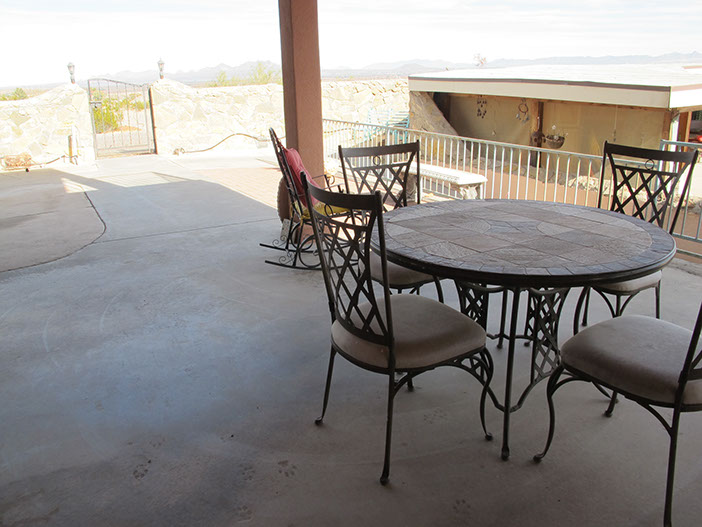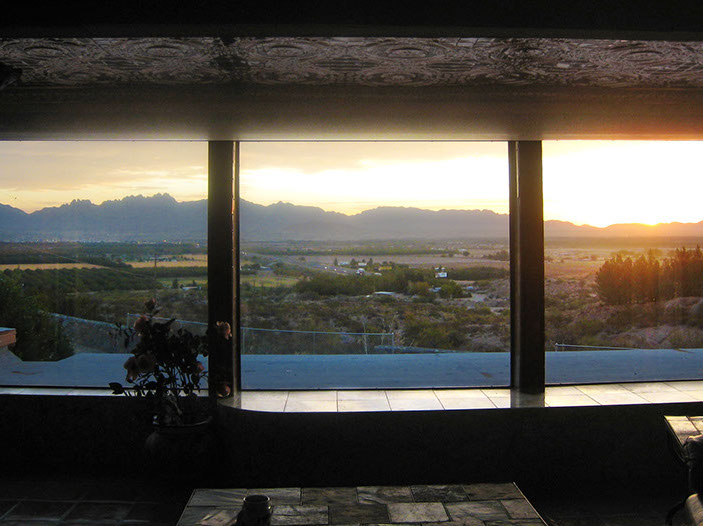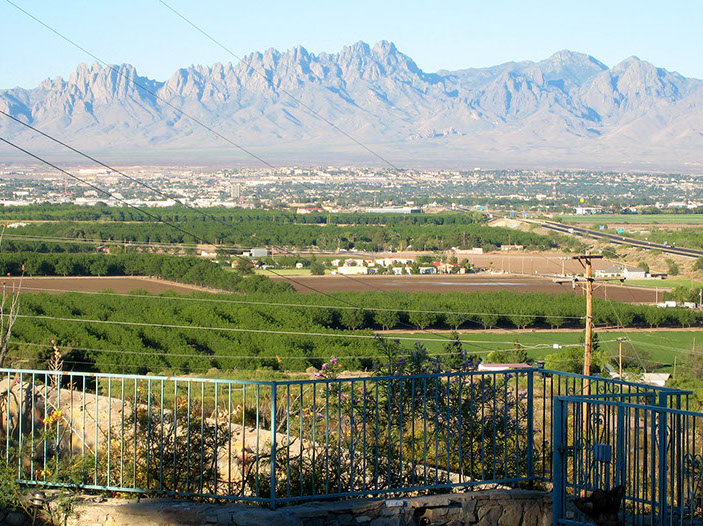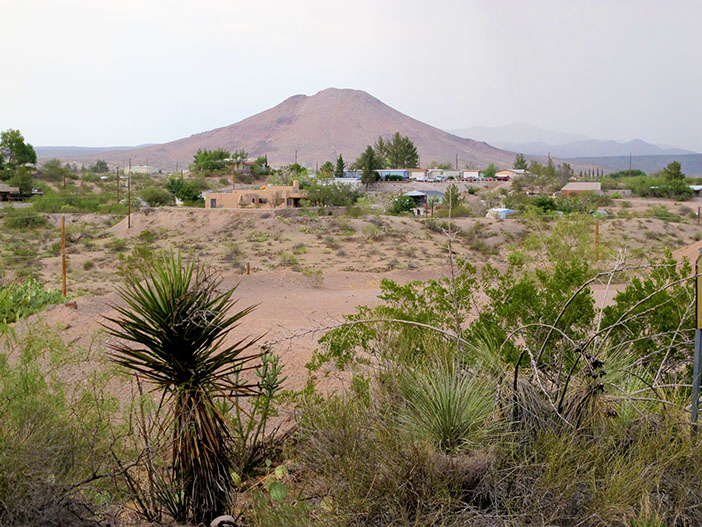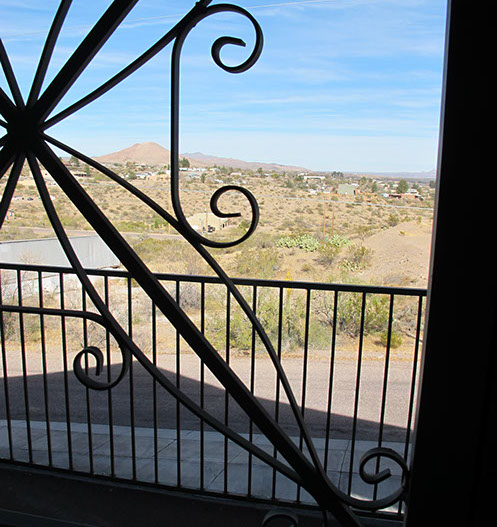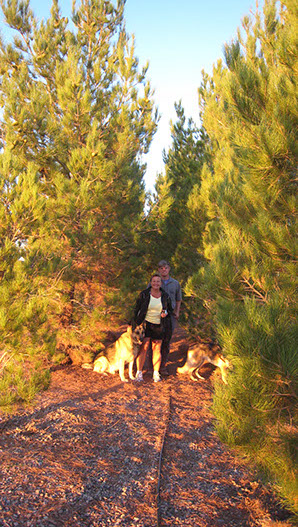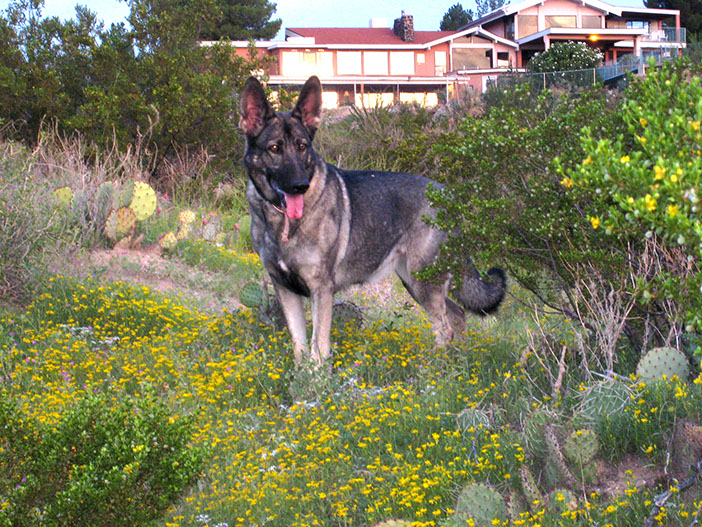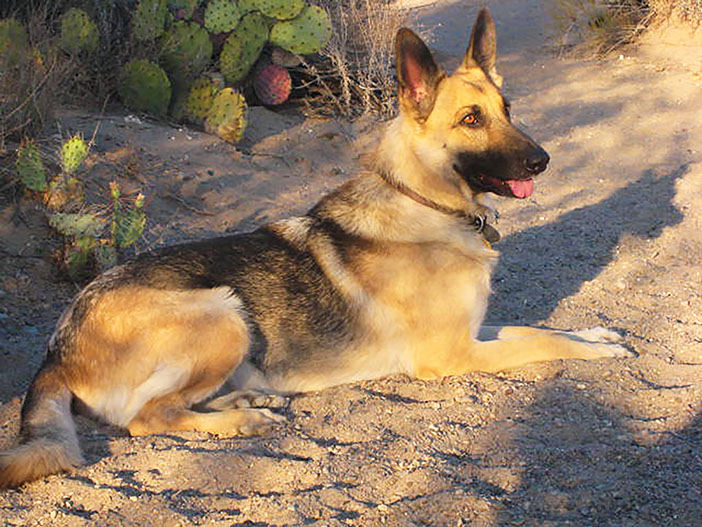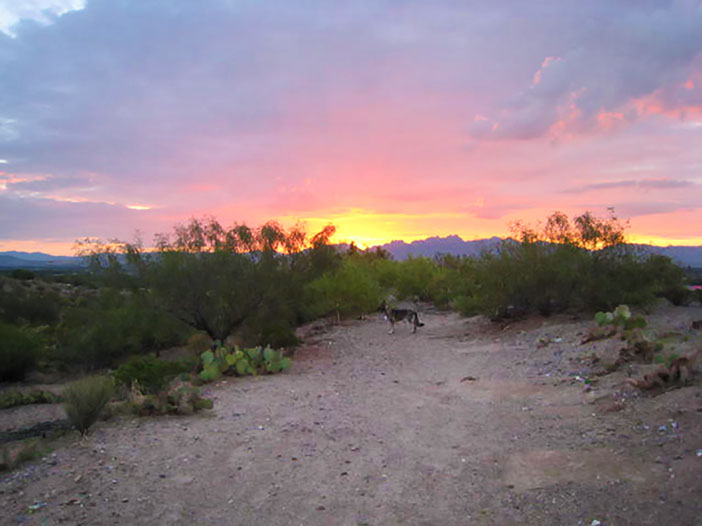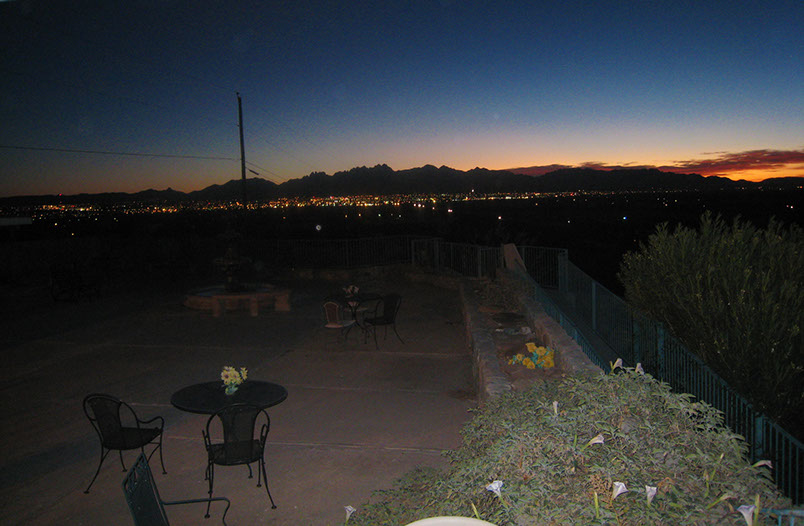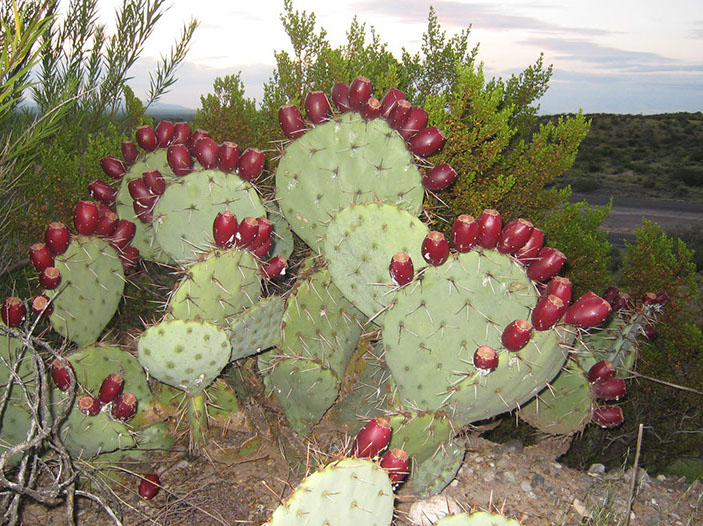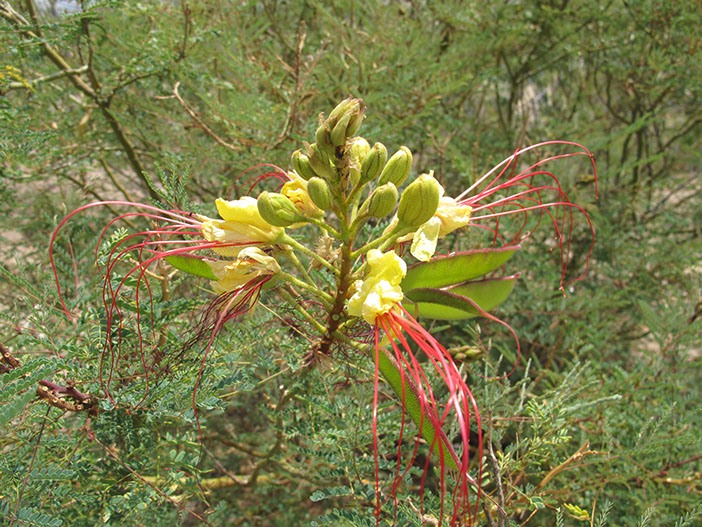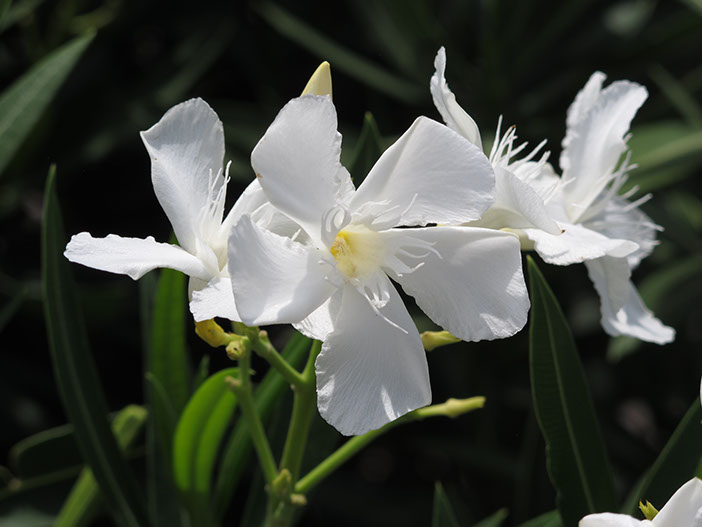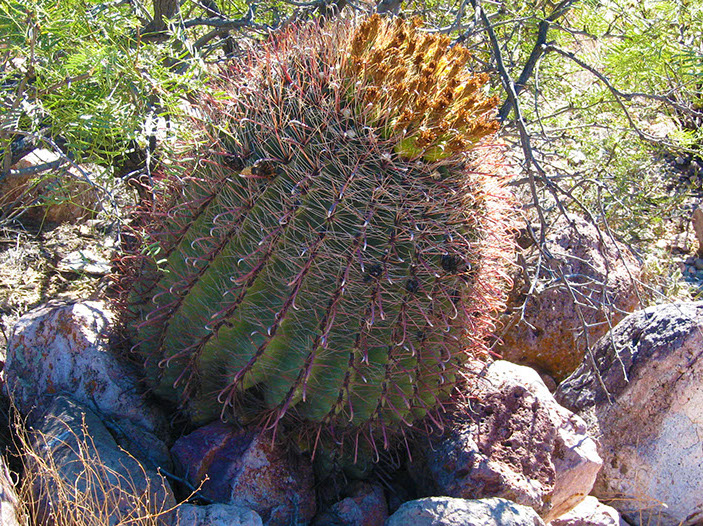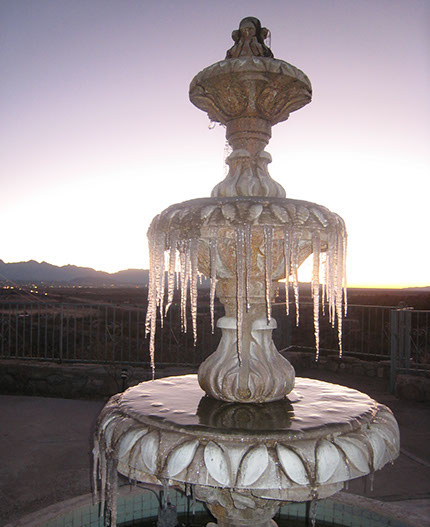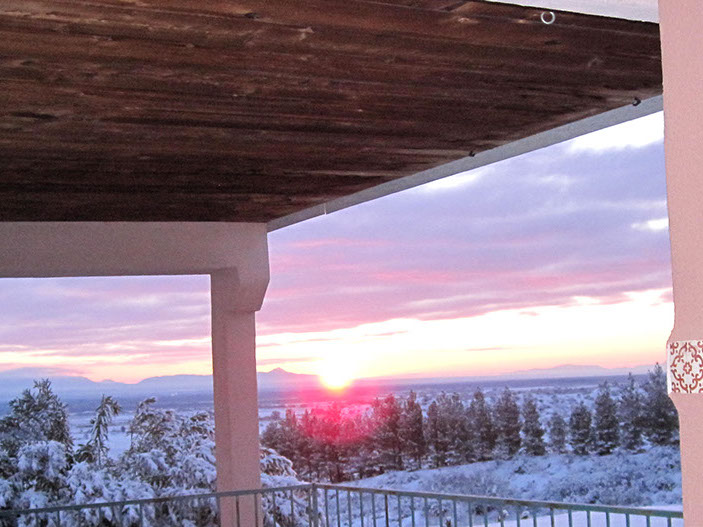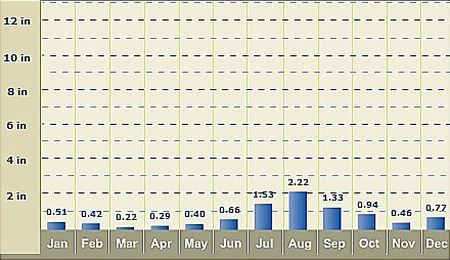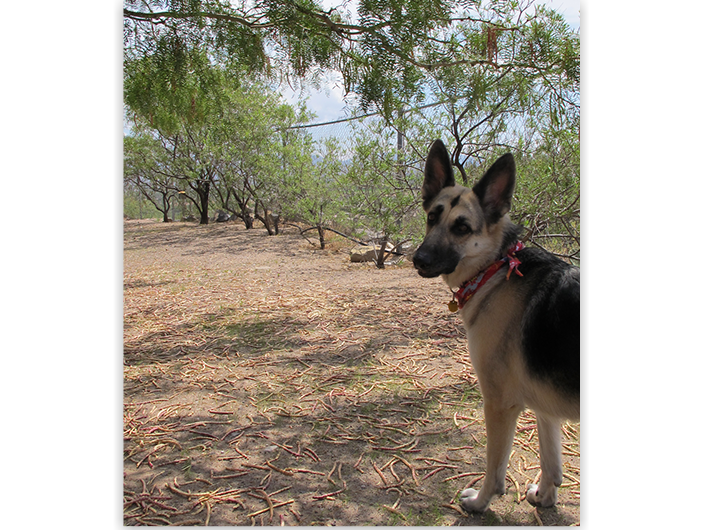
History of the Lodge
How’s the Weather?
Las Cruces Heritage
About Us

a Lodge on the Desert

About the Lodge
About Us
About The Innkeepers
Tim Johnson and Debbie Bamberg-Johnson became the new innkeepers in June 2022. Tim, originally from Denver, moved to Las Cruces in 1988. Debbie moved to Las Cruces from Florida in 1985 to attend NMSU. The couple met and were married in 1992. Parents to 5 adult children, the Johnsons love Las Cruces and the family-friendly atmosphere it provides.
They love entertaining, hiking, visiting local coffee shops and eateries, and are active in their local church. You may even see their dogs or ferret while you visit.
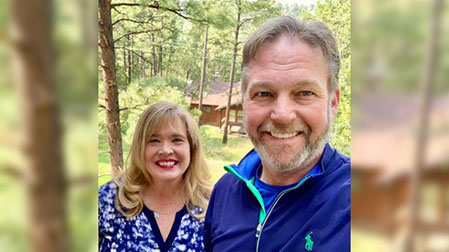
About The Lodge
A Lodge on the Desert is located high on a hill on the West mesa of Las Cruces, New Mexico. There are two-hundred mile daytime views that capture the Franklin Mountains, A-Mountain, Sacramento Range, The Organ Peaks, Robledos, and Picacho Peak.
As sunset reddens the western sky, and twilight settles over the city, the city lights begin to glow and twinkle.
The Lodge is surrounded by 26 acres of vacant desert. Further west, some 200 acres are vacant. The sparse population makes for a peaceful setting. The city and mountain views create spectacular backdrops for walking, hiking or lazy times in a comfy chair. Nature trails are right outside your door.
Stonewalls, adobe walls and wrought iron completely enclose the Lodge. A dusk to dawn lighting system adds to the security and lights up the way for nighttime enjoyment of the patios and garden.
The Lodge is Powered by Solar Energy
Solar panels are made of photovoltaic cells that convert sunlight (not heat) into electricity that power the Lodge’s
entire electrical systems, including lights, cooling systems, and appliances.
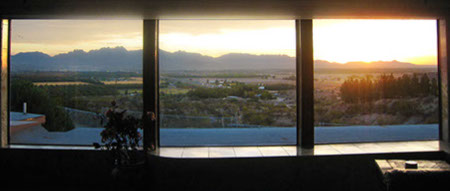
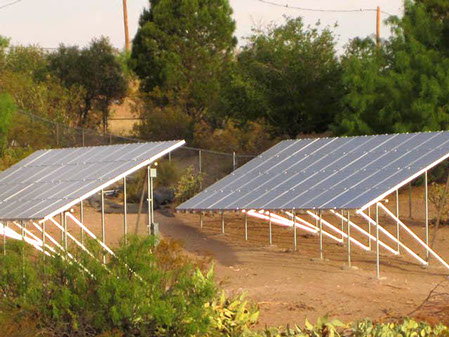
History of the Lodge
About | Lodge History | Weather | LC Heritage | Top
The original residence was built in 1965 by Mrs. Jimmie Bush and her daughter. According to olde timers, these two women single handedly set all the big beams and tiny tiles. It is said that Mrs. Bush and another lady were competing to build the biggest house in the area.
This race for space was decided when Woodward Lumber stated that Mrs. Bush had purchased the most sheetrock. When completed, it sat, truly isolated, in the middle of the desert and was the largest residence in Doña Ana County.
The house sold to Paul Randolph, an NMSU math instructor. His wife Dorothy gave private music lessons at the residence. In 1974, LaVerne Tromble bought the house from Paul Randolph. Mrs. Tromble remodeled and doubled the size. In 1996 she opened this showplace to the public as a Bed and Breakfast and as a venue for private functions. The Lodge became a very popular place for weddings, receptions, parties and business functions. LaVerne and her husband Calvin ran the B&B for many years, until recently selling it to Debbie & Tim Johnson in 2022.
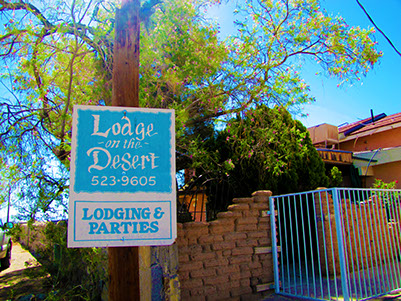
How's the Weather?
About | Lodge History | Weather | LC Heritage | Top
Current Weather
Average High & Low Temps.
A Little Las Cruces Heritage
About | Lodge History | Weather | LC Heritage | Top
Las Cruces was founded in 1849 in the Mesilla Valley of New Mexico. The area had long been occupied by Native American groups, Spanish explorers, and Mexican colonists. Over the years, wars and international treaties have changed control of the area several times, to Spain, Mexico, the United States, and the Confederacy.
The following stories are excerpts from the Las Cruces Convention and Visitor’s Bureau. To read more about these stories visit:
www.lascrucescvb.org/contact-us/las-cruces-history/
The World’s Best Fossils
According to geologists, southern New Mexico was covered by a great inland sea 600 million years-ago. When the sea retreated, many fossils were left behind. In the late 1980s, a local paleontologist discovered what the Smithsonian Institute has called, “the world’s best-fossilized footprints from the Permian Period.”
Early Explorers & Petroglyphs
Four hundred years ago, Don Juan de Oñate made his historic trek into what is now New Mexico in search of gold. But before Oñate, this area was inhabited by the ancient culture of the Mogollon Indians. Their life is depicted in the many petroglyphs (rock drawings) that remain scattered throughout the area.
Mexican Las Cruces to American Las Cruces
By 1848, the Mexican War with the United States had ended with the signing of the Treaty of Guadalupe Hidalgo. That treaty, among other things, converted Doña Ana from Mexican to United States territory. Many settlers headed for the area, trying to claim rights to the undeeded land just acquired by the treaty. Using rugged equipment, Las Cruces, at least in concept, was born.
Birth of the Plaza and Church
A block of land was designated for the plaza and church and 84 city blocks were laid out, each containing four lots of land. Once the town site was completed, the 120 people living on the platted land drew numbers from a hat for their new home sites.
Adobe Troubles
United States Army Lt. Delos Bennett Sackett was tasked with mapping out an area for a town. After home sites were identified and people began building, it became clear that despite his best laid plans, Sackett had platted a town with crooked streets and houses that crowded against each other. Furthermore, since mud was the primary building material, people began digging holes in the streets to make adobe blocks for their houses. It became such a problem that the Judge ordered townspeople to stop making adobes on Main Street and to fill in the holes.
.jpg?crc=396062767)
How Las Cruces (City of “The Crosses”) Got the Name
There are multiple theories as to how Las Cruces got its name. One theory suggests that sometime during the 18th Century, a bishop, a priest, a Mexican Army colonel, a captain, four trappers and four choir boys were attacked near the Rio Grande and only one – a boy – survived. Crosses were erected in their honor, and the name, El Pueblo del Jardin de Las Cruces, (the City of the Garden of Crosses,) evolved.
Other stories say multiple crosses were erected in the area to mark the grave sites of the many victims of Apache raids. Still another story is that a group of 40 travelers from Taos, NM were killed just as they reached Las Cruces. But some people feel that the name is simply the Spanish translation for “crossing” or “crossroads.”
Billy the Kid
Las Cruces has been the haunt of many notable figures, such as Geronimo, Victorio, Albert Fall and the discoverer of Pluto, the late Clyde Tombaugh. But none have garnered more attention than the most infamous outlaw in the West, William H. Bonney, a.k.a., Billy the Kid. In 1880, Billy the Kid stood trial in a Mesilla, NM courtroom for the murder of Andrew “Buckshot” Roberts. He was found guilty and sentenced to hang by Judge Warren Bristol. During his sentencing, Judge Bristol told Billy he was to be hung “until you are dead, dead, dead!” Legend has it that Billy shouted back, “And you can go to hell, hell, hell!” He was taken to Lincoln, NM where he escaped while awaiting execution. He was later shot and killed by Lincoln County Sheriff Pat Garrett in 1881. The building in Mesilla that housed the jail and courtroom are still standing and the iron jail cell that held him is on display across the street in the Gadsden Museum. Another historical landmark still standing in Mesilla is the old Butterfield Stage Depot. Today it is home to La Posta, a restaurant with a worldwide reputation for its Mexican food.
About | Lodge History | Weather | LC Heritage | Top

Copyright © 2022 | A Lodge on the Desert | All Rights Reserved
